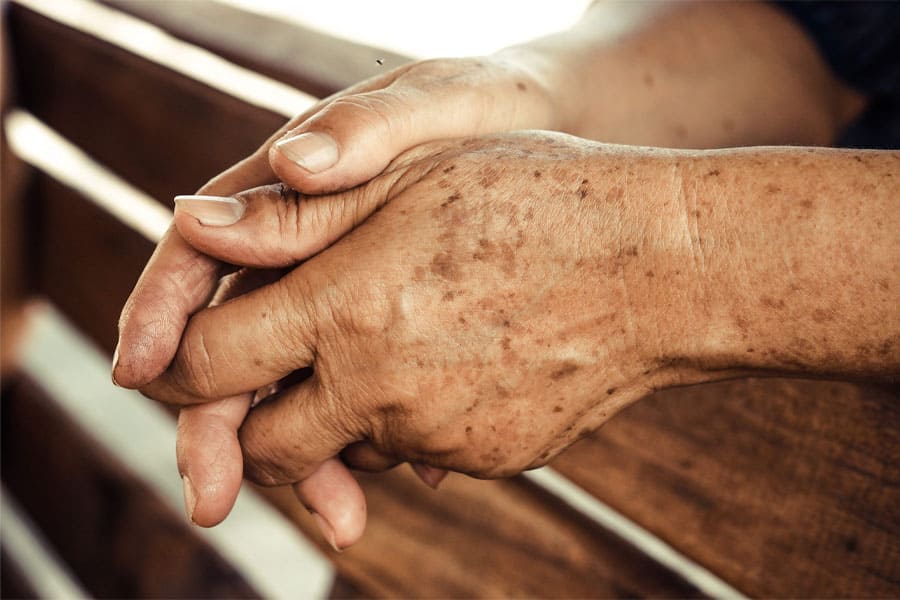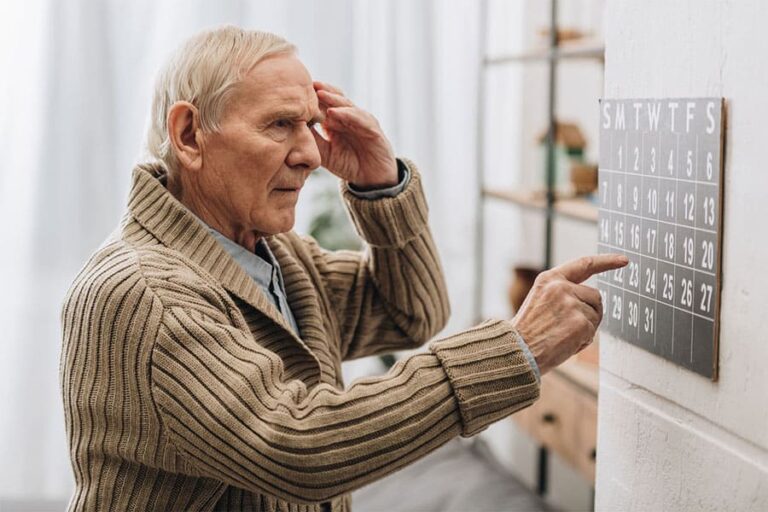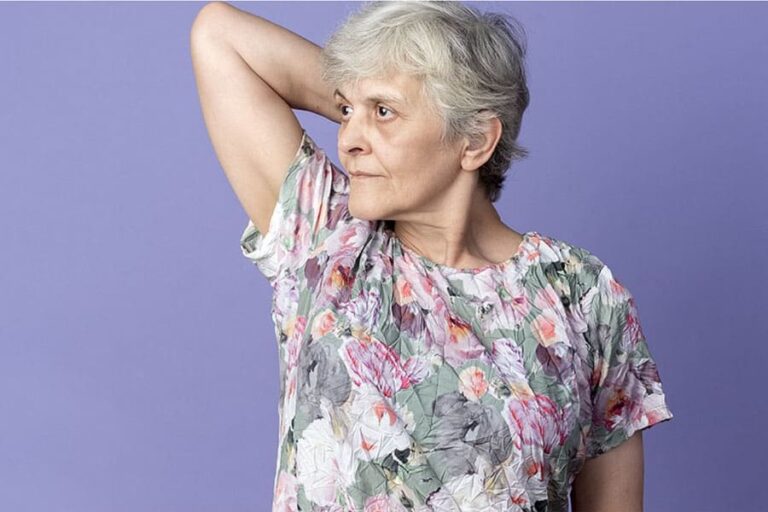
Age spots or lentigo are a consequence of complex metabolic disorders and natural age-related changes. They can vary from small, barely noticeable dots to large, merging areas. Pigmented neoplasms are considered benign and do not pose a direct threat to health, but their appearance causes significant aesthetic discomfort, negatively affects self-esteem, and can be a signal of deterioration in the functioning of some internal organs.
Age spots on the skin: differences and classification
According to statistics provided by dermatologists, more than 50% of people aged 40-60 have one or more spots. Neoplasms differ in origin, depth, localization and clinical symptoms. They are divided into types:
- senile (senile) lentigo. It appears as single round, oval spots of light or dark brown color. They appear on the skin areas most exposed to ultraviolet radiation (arms, face, shoulders);
- post-infectious pigmentation. An acquired disorder, the cause of which may be eczema, psoriasis, allergic reactions, various infections or injuries, wounds, burns;
- melanoma. It is a dangerous malignant neoplasm. It develops from pigment cells (melanocytes). It appears as asymmetrical dark brown spots with uneven edges.
Pigmented areas on the body can be the result of harmless age-related changes, as well as a consequence of inflammatory processes or a symptom of dangerous pathologies.
Most often, pigment spots in older people appear on the face. Typical localization sites are the forehead, cheeks, chin, and area around the eyes. This is due to the fact that the face is the most open and unprotected part of the body, which is exposed to aggressive external factors every day. The skin here is thinner and more sensitive to ultraviolet radiation. Pigment spots on the hands of an elderly person are usually located on the back of the hands. Other possible places are the shoulders, décolleté, legs, and upper back.
Stages of formation
The appearance of age pigmentation is a gradual process caused by the effect of ultraviolet radiation on the dermis. It occurs in several stages:
- initial (initiation). Melanocytes are activated by the sun, hormones, or inflammation. Barely noticeable light-brown neoplasms appear on the epidermis;
- active (formation phase). Melanin synthesis increases, pigment density increases. Age spots on the skin become clearer, larger, and acquire a brown tint;
- stabilization (maturity stage). Lentigo is finally fixed, becomes visually pronounced;
- chronization. The pigmented areas deepen.
Lentigo progresses from barely noticeable light spots to large bright areas that may become deeper or wider over time.
Why do older people develop age spots
The main cause of the problem is excessive accumulation of melanin. Natural aging of the body is accompanied by excessive synthesis and accumulation of this pigment. This process leads to the appearance of lentiginous spots and their subsequent fusion into large foci. Among other provoking factors:
- slowing down of metabolic processes;
- change in hormonal levels;
- cessation of production of collagen, elastin and hyaluronic acid;
- genetic predisposition;
- disruption of internal organs.
At particular risk are pensioners who smoke or abuse alcohol. Bad habits stimulate the growth of oxidative (oxidative) processes, lead to the formation of a large number of free radicals and toxins. This damages cells and promotes premature aging.
 Clinical picture: characteristic symptoms
Clinical picture: characteristic symptoms
Age-related pigmentation disorder is accompanied by the appearance of flat, oval or convex areas on the body. Their color and intensity of manifestation ranges from light brown to dark brown, sizes vary from 1 to 3 cm. They have the shape of a circle or oval with blurred, indistinct boundaries. Elements are usually isolated, randomly scattered over the body. Senile lentigo does not change color, does not itch, does not peel, does not cause any other physical discomfort. With prolonged exposure to the sun or intense exposure to ultraviolet radiation, slight redness or irritation may occur.
Features of diagnostics
The examination is based on a visual examination of the skin. The dermatologist evaluates the shape, size, color, borders and texture of pigmented neoplasms. Next, differential diagnostics of lentigo with freckles, birthmarks, flat nevus, keratosis is carried out. Particular attention is paid to spots with uneven edges, asymmetrical shape, uneven coloring. To exclude more serious skin pathologies, a specialist may prescribe additional studies, such as dermatoscopy, biopsy.
Methods of treatment of senile lentigo
The dermatological disease does not require special therapy. If neoplasms cause discomfort or aesthetic inconvenience, then it is possible to remove or reduce them using various techniques:
- therapeutic cosmetics with whitening elements (arbutin, kojic acid, vitamin C, retinoids). It evens out the tone, promotes rejuvenation. The components block the production of melanin, which helps to reduce the severity of pigmentation;
- laser therapy. The device has a selective effect. The beam destroys excess accumulation of melanin, removes the affected areas. The duration of the session is from 20 to 40 minutes. There are no scars after the procedure;
- cryodestruction. Liquid nitrogen is used for treatment. Under the influence of low temperatures, the cells containing high-molecular pigment are destroyed. This helps to lighten or reduce the visibility of lentigo;
- chemical peeling. Acids exfoliate the top layer, stimulate the renewal of the epidermis, improve its texture.
You can get rid of senile lentigo if you know how to approach this issue correctly. Each of the presented options is aimed at reducing pigmentation and improving the appearance of the skin. To choose a specific technique, it is recommended to consult a specialist.
Preventive measures: how to prevent the problem
It is impossible to stop the aging of the body, but there is a possibility of reducing age-related risks. To do this, you should follow simple rules and recommendations. These include:
- using sunscreen with a high SPF;
- care procedures;
- a balanced diet;
- sufficient water intake;
- maintaining a healthy lifestyle.
More materials on this topic can be found here



